The Lotus Carlton, The Ultimate Nineties Super-Saloon
The notorious collaboration between Lotus and Opel that gave the UK police force headaches in the mid-1990s, up for sale at Colombo & Co.
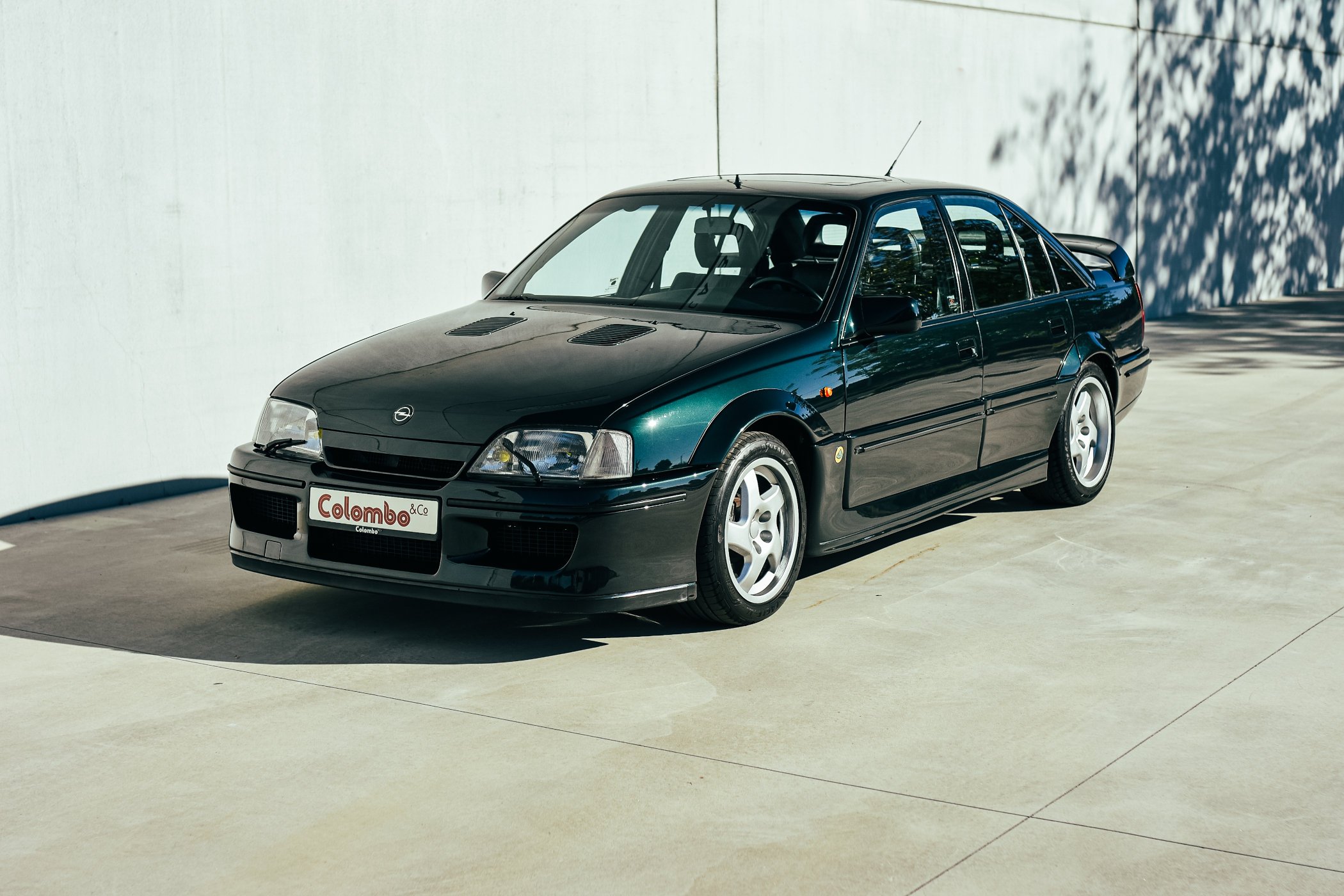
I’m a child from the 1980s, so I grew up in the world of Nintendos and Playstations, which I played for hours and hours. I wasn’t a total hermit or anything as I did other stuff as well, but I did spend my fair share with a controller in hand, playing games like Tetris, Super Mario, Mario Kart, Donkey Kong, Zelda, and surprise-surprise: the Gran Turismo series! I have very fond memories of winning races and championships, beating challenges, and unlocking cars just to be introduced to quite a few I knew only vaguely, or not at all, even. Remember, this was back when the Internet wasn’t as widespread as it is today, and online information on cars was so-so at best. One of my most favourite digital discoveries from Gran Turismo was the Lotus Carlton, a mash-up of a big Opel saloon car and potent Lotus engineering. The result was a totally bad-ass five-seater sedan, and to me, the ultimate Super Saloon of the 1990s! And lo and behold, I found a pristine green one that’s for sale in Belgium, at Colombo & Co!
The Super Saloon concept
Adding the adjective “Super” to anything generally makes it better, right? Superman, supercharge, supercar… super… saloon? Well, yes, and I bet most can name a fair few of them. There’s the BMW M5, the Audi RS6, and the Mercedes E-Class AMG as prime examples. All three are from German manufacturers and are pretty much the embodiment of the term Super Saloon. It basically refers to a big, stately saloon (or sedan) with a lot of ‘get up and go’ under the covers. But there are others besides Germany’s trilogy that fit the term just as well, or perhaps a bit better. Think Jaguar XJR, Maserati Quattroporte, Cadillac STS, Volvo 850 T5-R and so on.
Back in the 1980s and early 1990s, car companies were putting more and more power in five-door saloon cars. And although that process had been going on before that, the 1985 BMW E28 M5 is generally considered the first true Super Saloon. Pretty much in the same vein, the Lamborghini Miura is considered the first true Supercar. What’s so special about big, fast saloons is the ability to go very fast on demand, combined with the practicality to seat five adults and space to put their weekend’s luggage in the back too. And to me, the Lotus Carlton is one of the coolest ones ever made!
Opel & Lotus
Opel, otherwise known as Vauxhall in the UK, is not the first to be associated with the concept of a Super Saloon. Despite the company’s racing and rally successes, its road cars are not exactly known for their performance. Sure, there have been cars like the Manta 400, a homologation special to take it rallying, but you have to admit that when it comes to fast Germans, your first thoughts are likely of BMW, Mercedes, Audi and Porsche. So when it comes to fast saloon cars, did you consider the Opel Omega/Vauxhall Carlton?
Well, Lotus did back in 1990, and it just so happened to be that both Lotus and Opel were owned by General Motors at the time. So teaming up on the Carlton, they built about 950 out of an initially planned 1,100 cars. The recipe was quite simple, really, but the result was quite staggering. Lotus would take a standard production A-series Omega/Carlton GSi from the assembly line and fiddle with its insides to make it a bit faster. And by ‘bit’, I mean a lot faster! The standard 3.0-litre straight-six engine was fitted with Opel’s new 24-valve heads and enlarged to 3.6 litres, with two Garrett turbochargers being installed on top of that. The standard ignition system was replaced, and the cooling system was modified and upgraded.
What Lotus put on the road after they were done with the drivetrain was quite a bit more than the original 177 horsepower of the six-banger (which was later upped to 204bhp thanks to overhead cams and a variable intake manifold). Instead, it now made 377bhp and put out 470Nm of torque, also double that of the standard engine. As a result, the zero-to-100kph dropped from 8.8 seconds to 5.1 seconds, zero-to-160kph was done and dusted in 11.1 seconds, and the top speed was between 280kph and 300kph. There’s a bit mystery surrounding just how fast the Lotus Carlton was, but most sources state 177mph or 284kph. What is certain is the fact that it held the title of the fastest production saloon for quite a few years!
Other than the outright increase in power and speed, the Carlton received several chassis and suspension upgrades, the self-levelling system from the Opel Senator, the Senator’s variable Servotronic power steering, and so on. To make it stop better as well, which is quite important when speeds go up, the brakes were also improved, and it came with wider Goodyear Eagle tyres fitted to 17-inch wheels. Sounds petite today, but back then that was considered large! The wheel arches were enlarged and widened, new front and rear bumpers were installed, the engine cover got some nifty air vents, and a rear wing was fitted.
The Carlton Effect
When all was said and done, the Lotus Carlton was not only the fastest production saloon on the market, but it could also bully and humiliate many of the day’s sports cars! So much so that it split the opinion of the press and public into two. There was a plea from part of the automotive press to limit the car’s top speed, just as German manufacturers started doing around that time, to 250kph. Another concern was the fact that the car quickly caught the attention of less honest people, to put it mildly. It was known to be used by thieves and joyriders, as it could basically outrun any police car in Britain at the time. The Daily Mail and the Association of Chief Police Officers launched a campaign to have it banned from UK roads, but that never happened in the end.
What did happen is the simple fact that the Lotus Carlton gained an everlasting reputation of being one of the maddest and most daring collaborations in the 1990s. Two companies coming together to build a genuine Super Saloon, one so fast it pretty much scared not only the Brits, but also the Germans and Italians. To paint the picture, a period Ferrari Testarossa was about just as fast but twice as expensive as the Carlton! As such, it would forever live on in the hearts of car enthusiasts, and through games like Gran Turismo 4 (and PSP, 5 and 6 for that matter) in the imagination of people like me.
This 1991 Opel Lotus Carlton (or Omega, if you will) is for sale at Colombo & Co., a classic car specialist operating out of Kortrijk, Belgium. Colombo & Co says it caters to the “first digital native generation of collectors”. Makes total sense to me that a Carlton would turn up there, given the way I first learned more about the car beyond being merely aware of its existence. This mean machine comes in Imperial Green with a black leather interior. It seems to be in pristine condition, with many serviced or replaced parts, making it ready to drive. It’s priced at EUR 94,000 and has about 100,000km under its belt, which seems like a low mileage for such a family-type car. Then again, it does mean it is likely to clock up many more kilometres with relative ease. And at great speed, I might add…
For more information, please visit ColomboandCo.com.
Editorial Note: The information used and images portrayed in this article are sourced from and used with permission of Colombo & Co, unless stated otherwise.

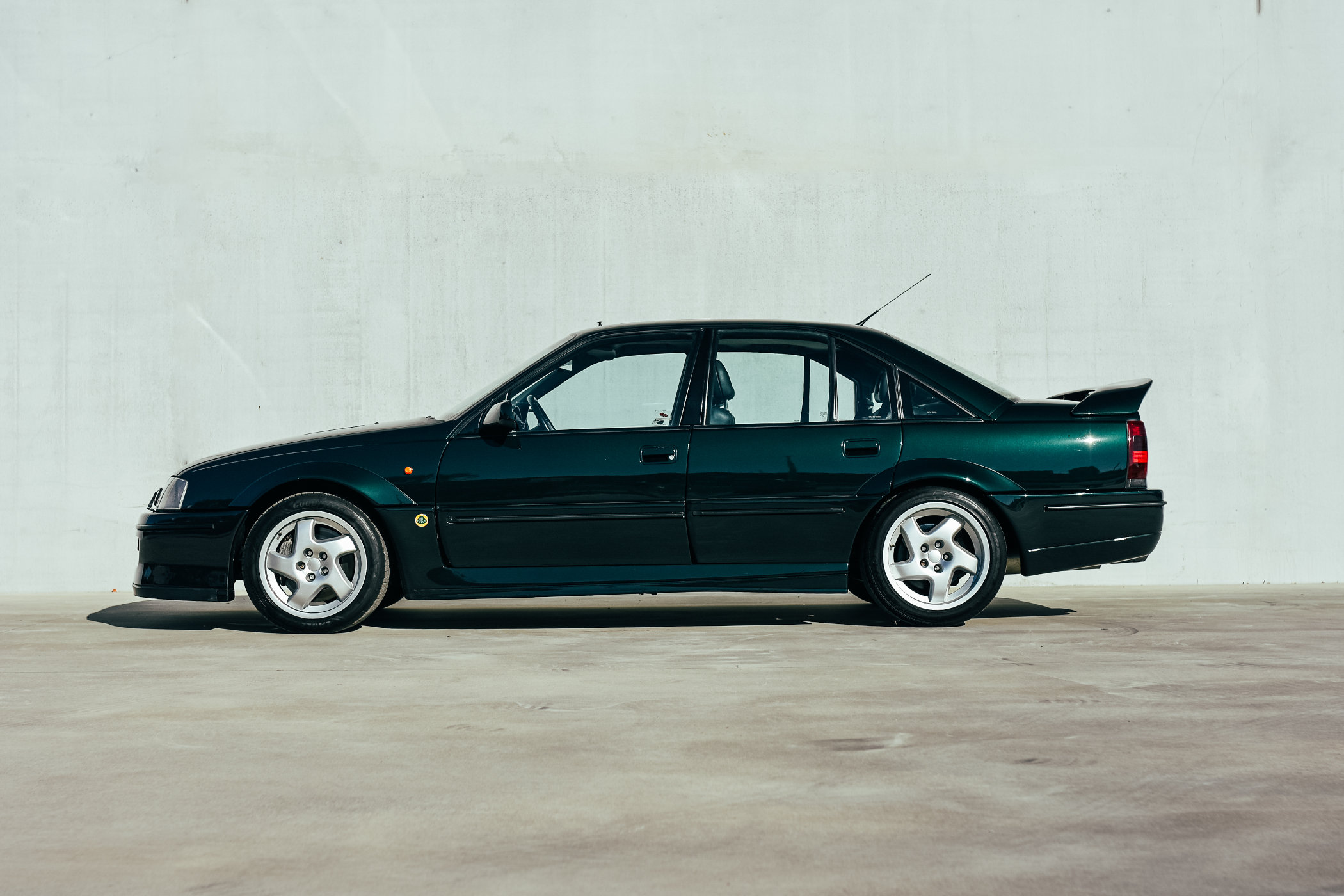
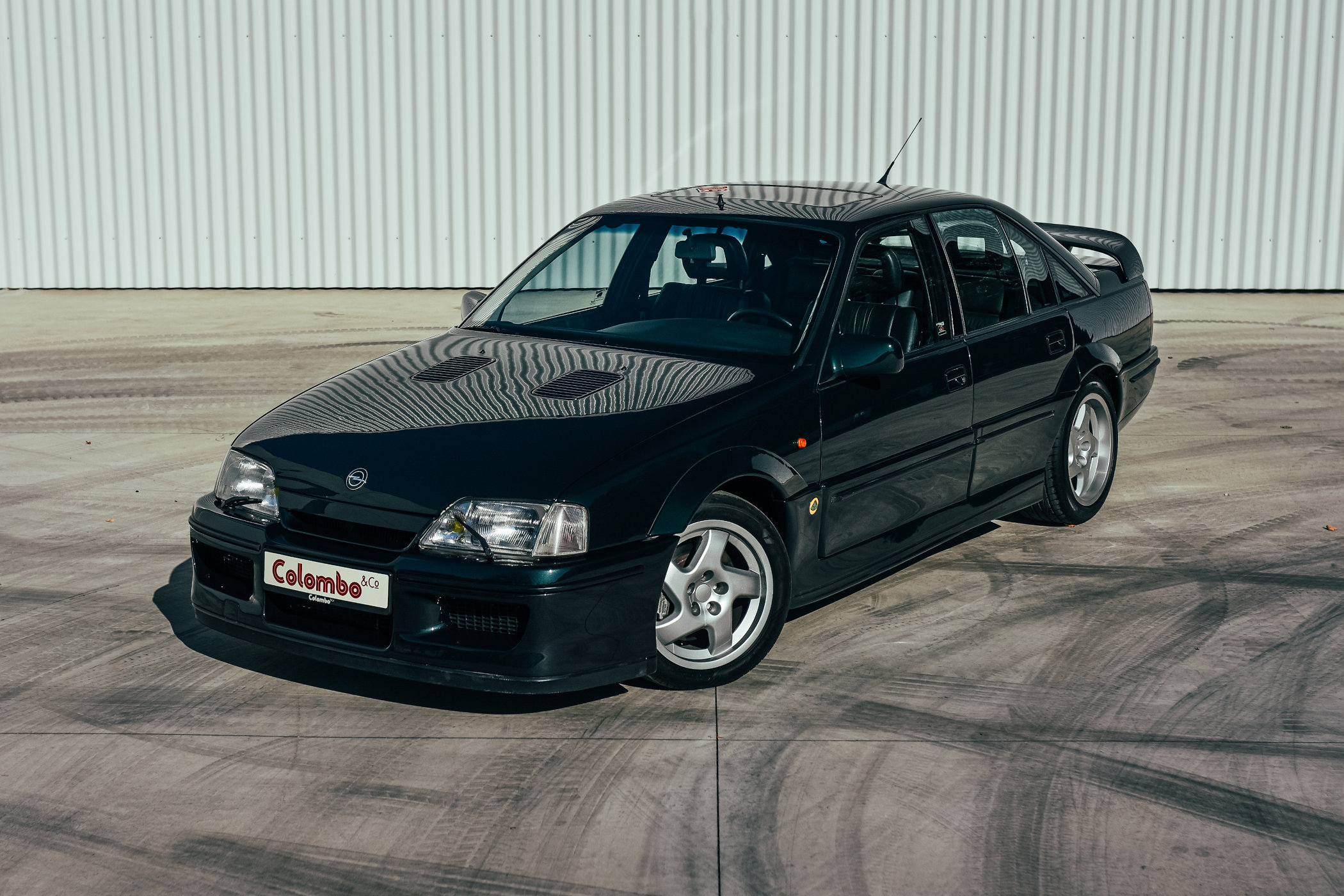
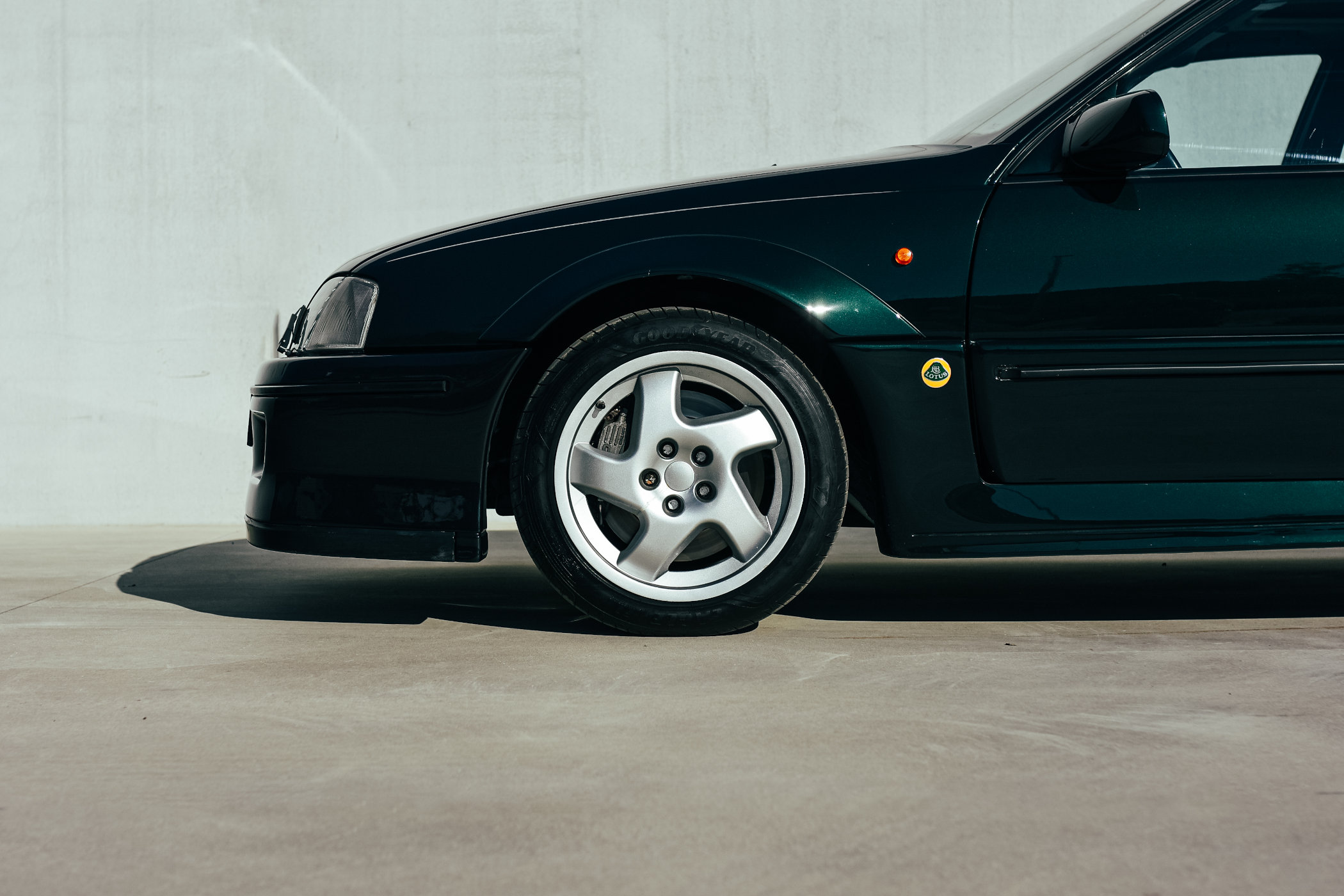

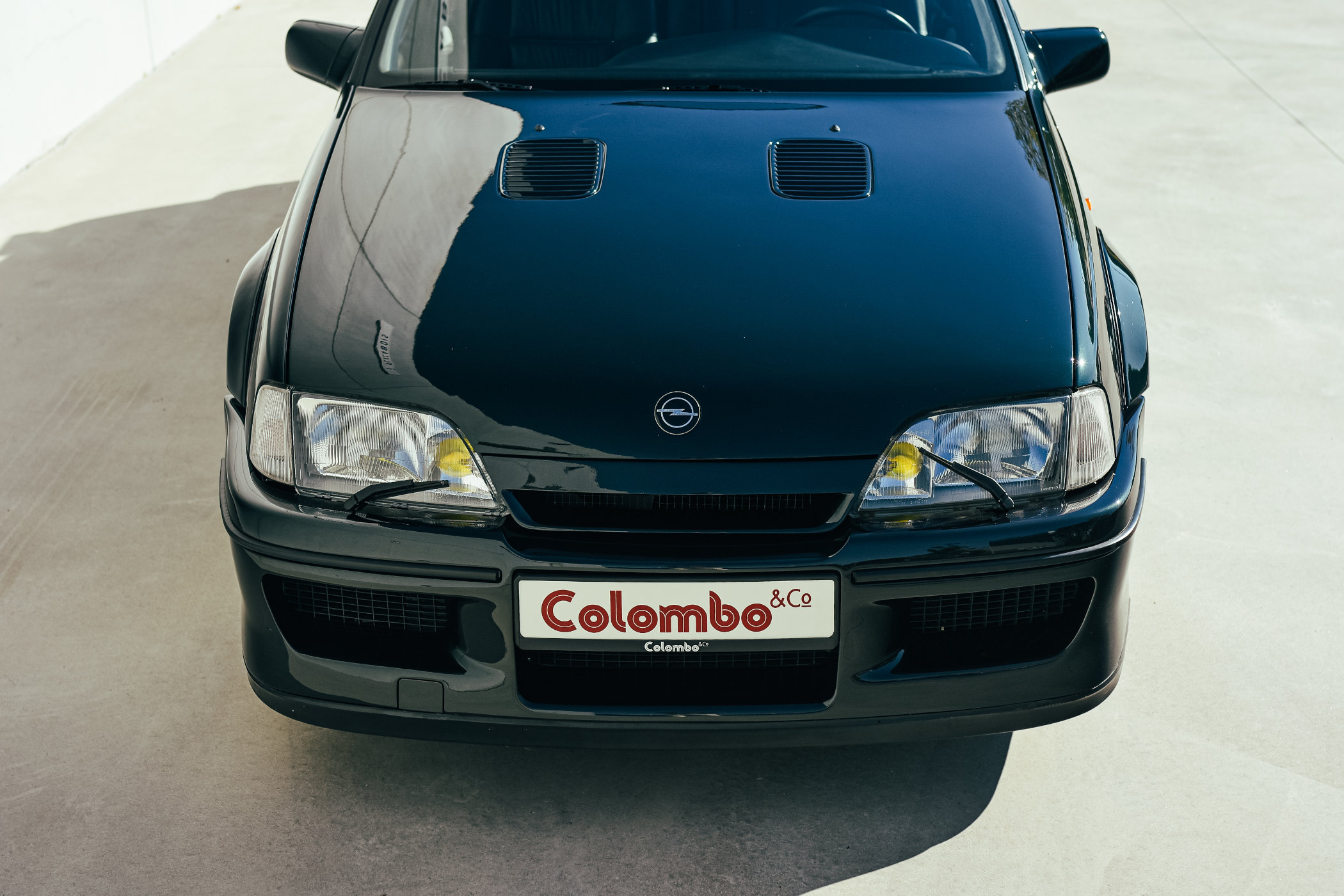

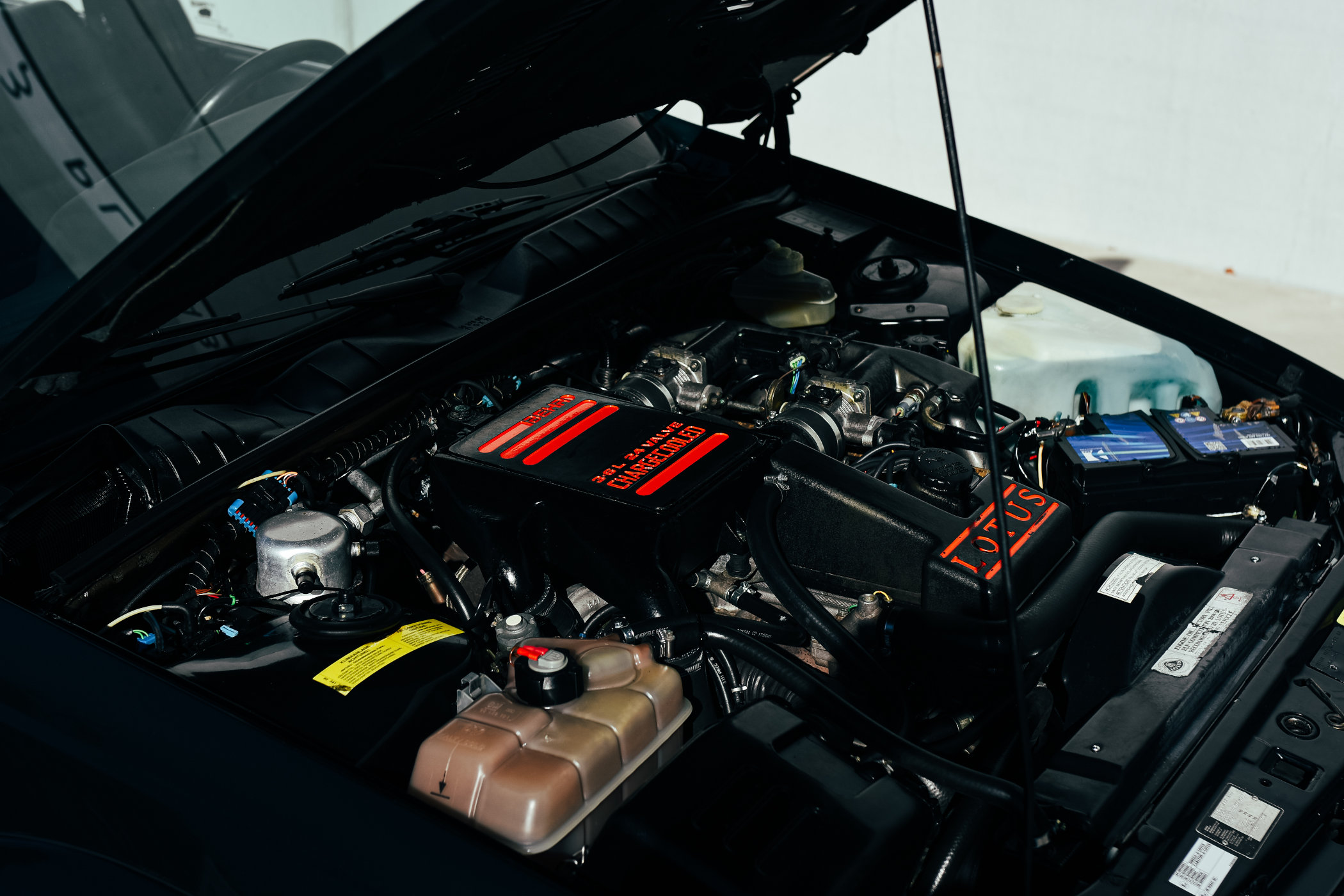
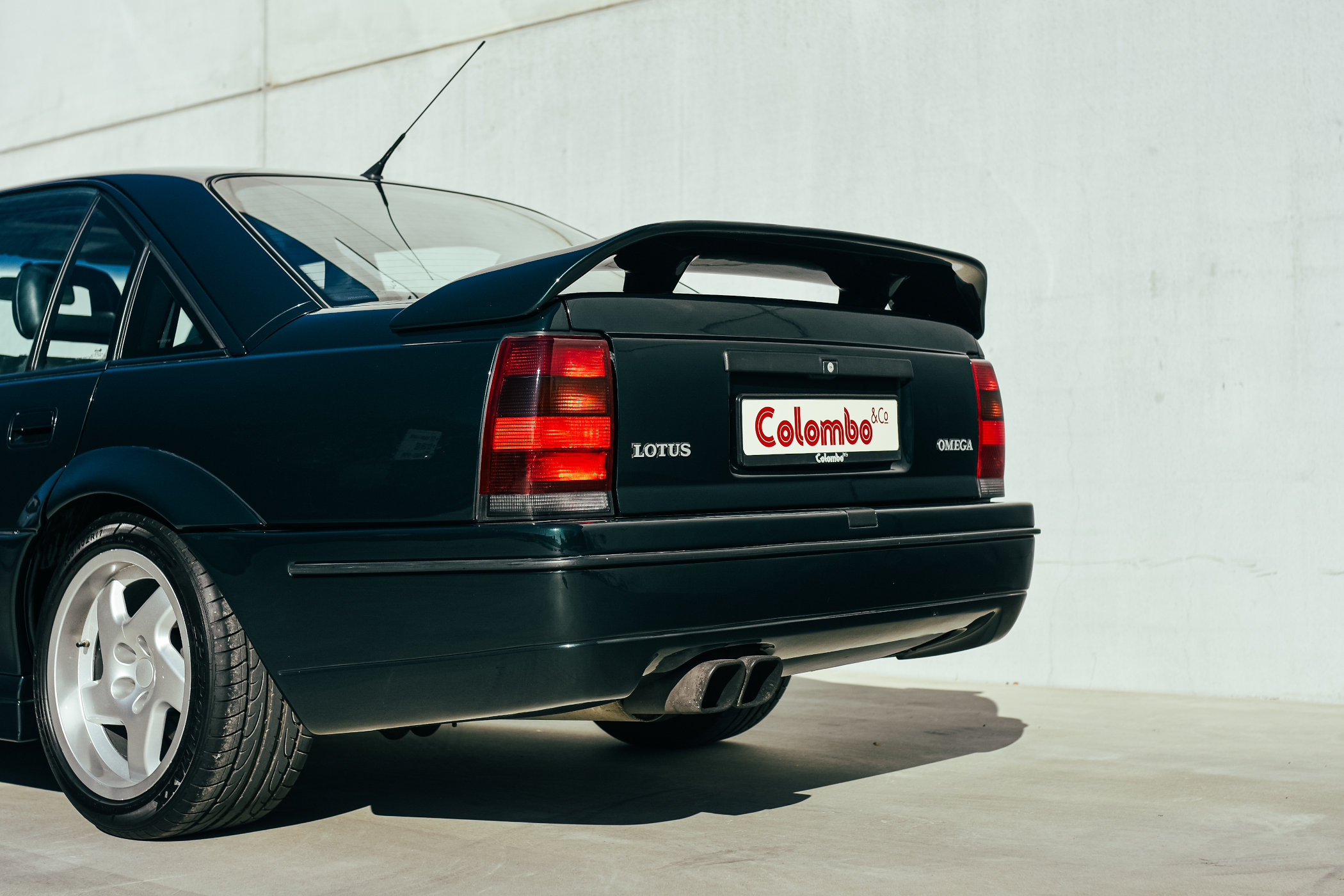
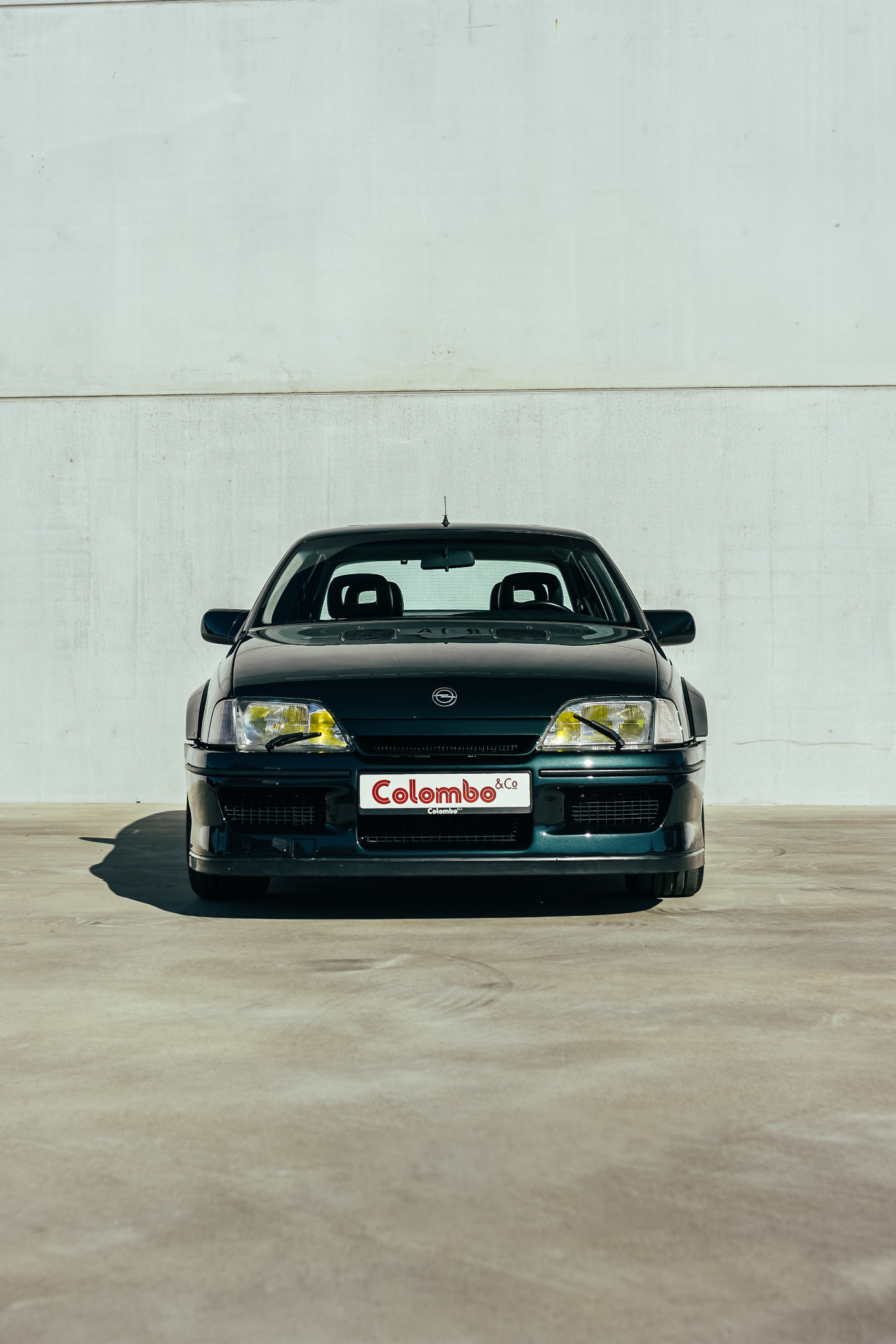
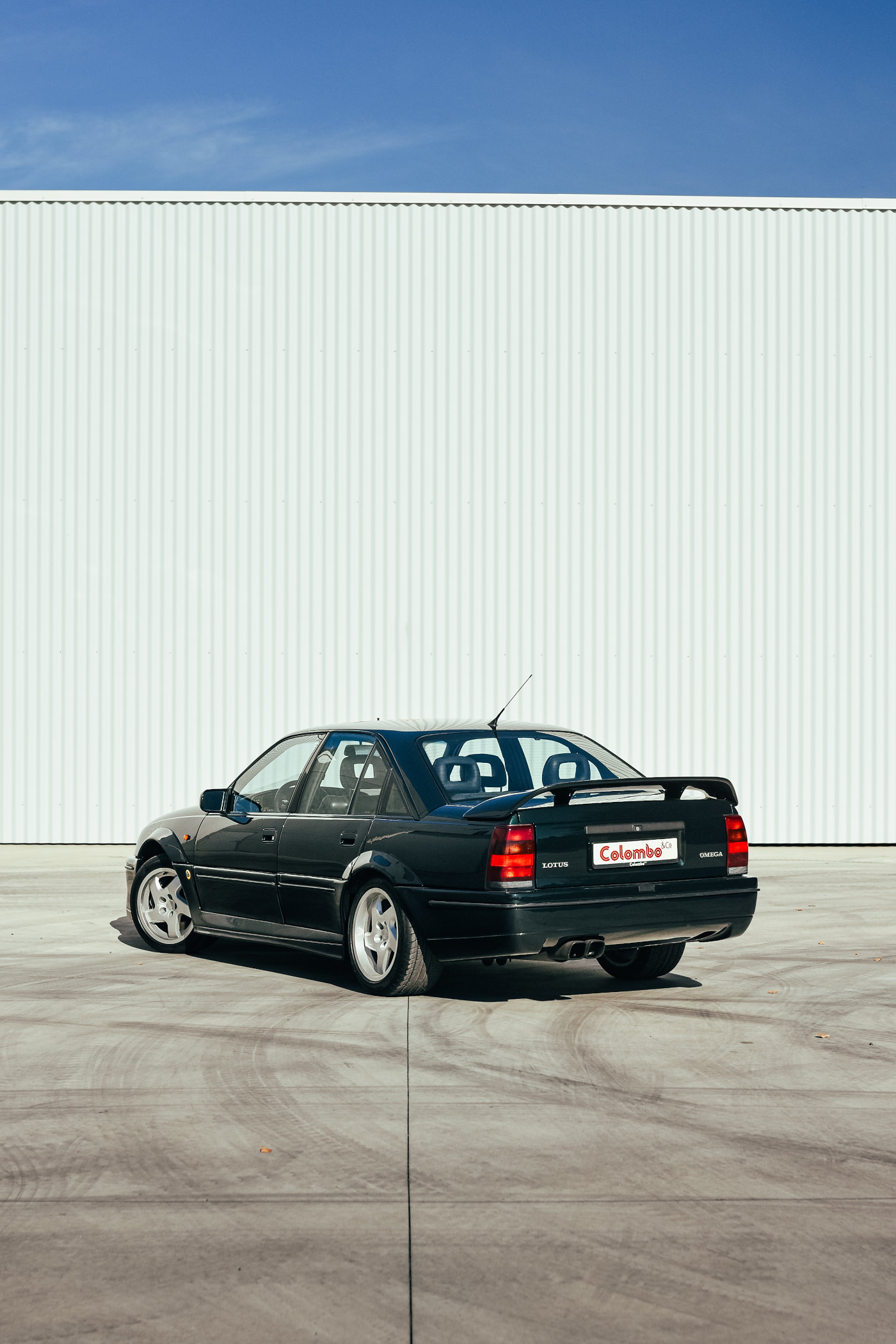
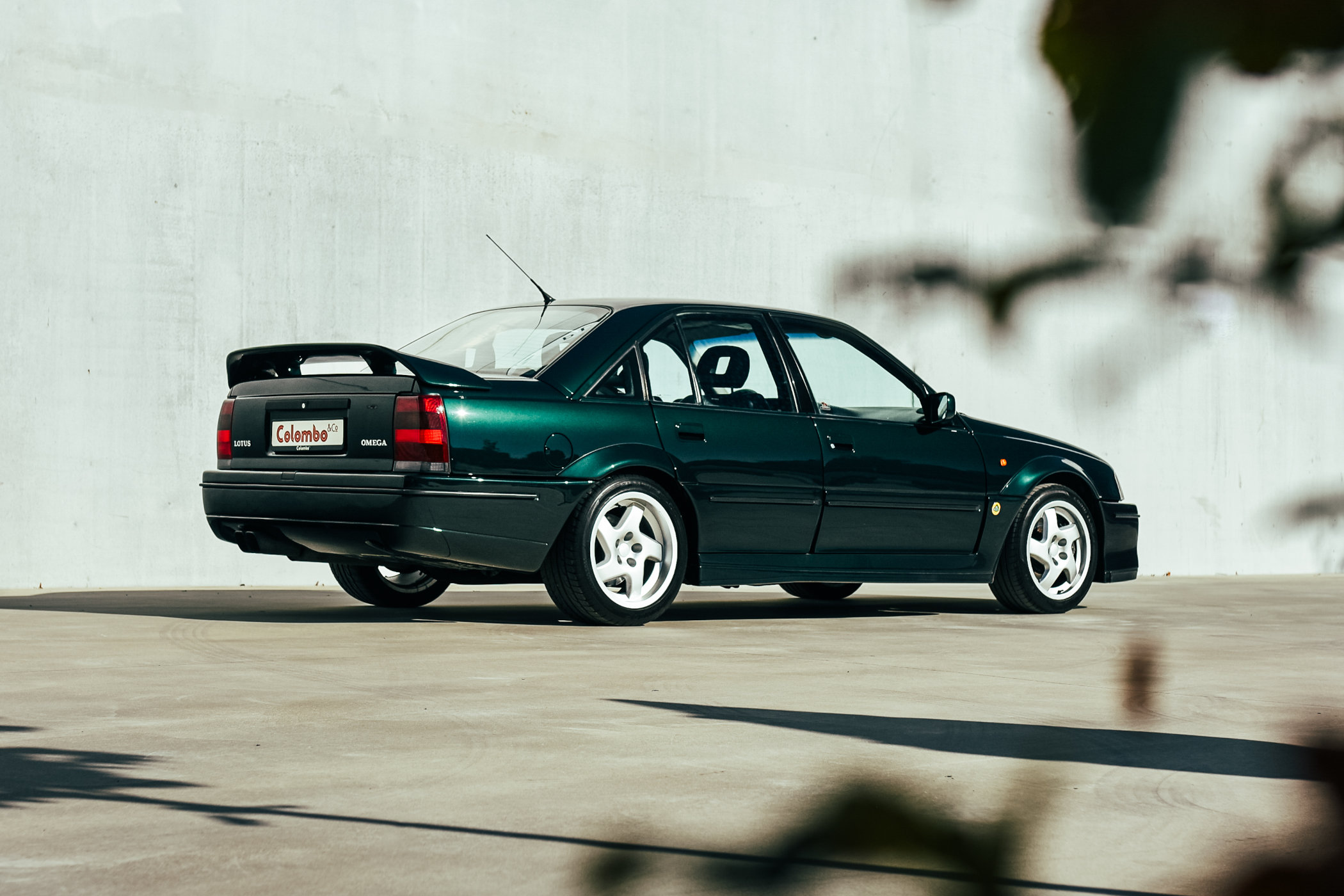
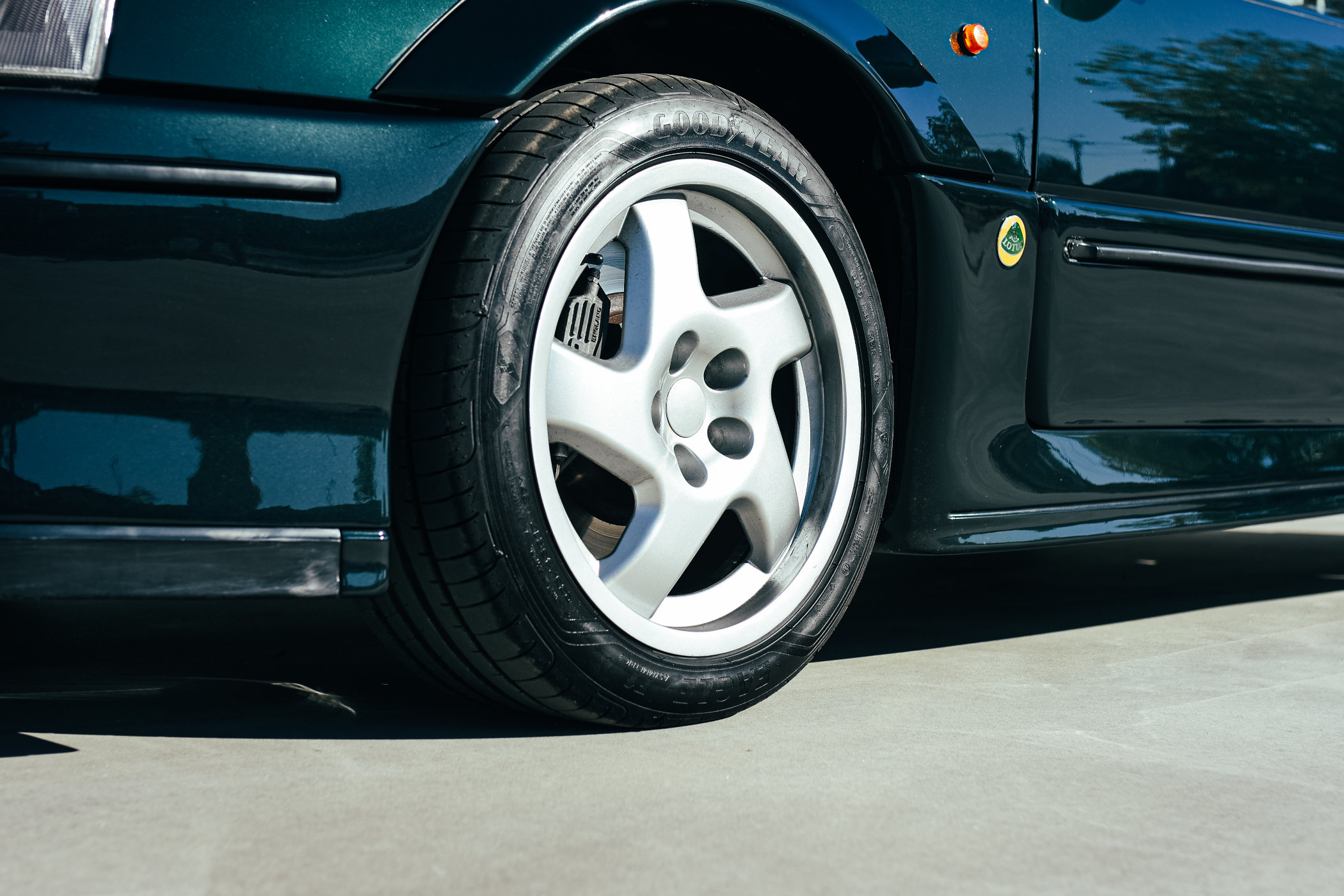
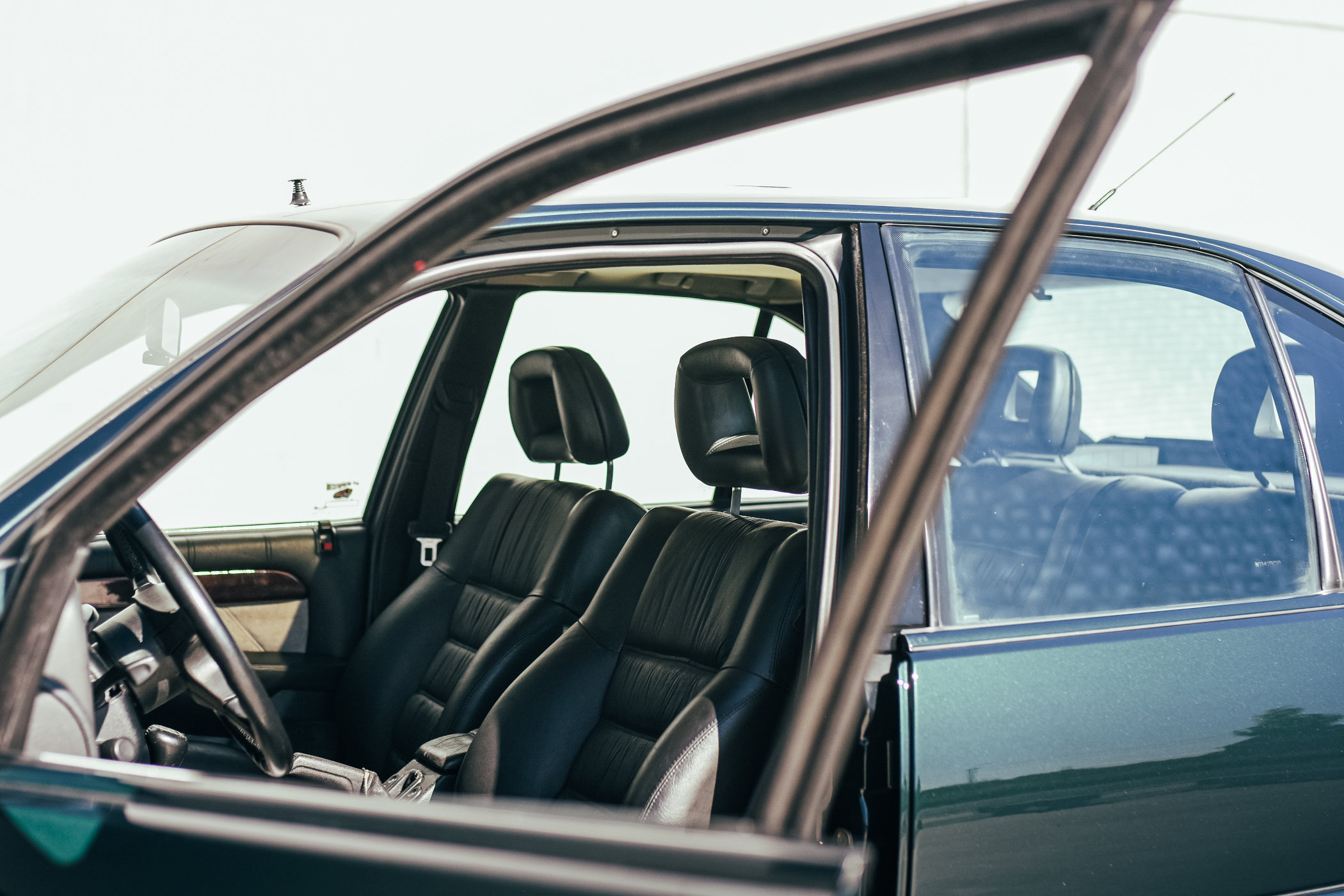
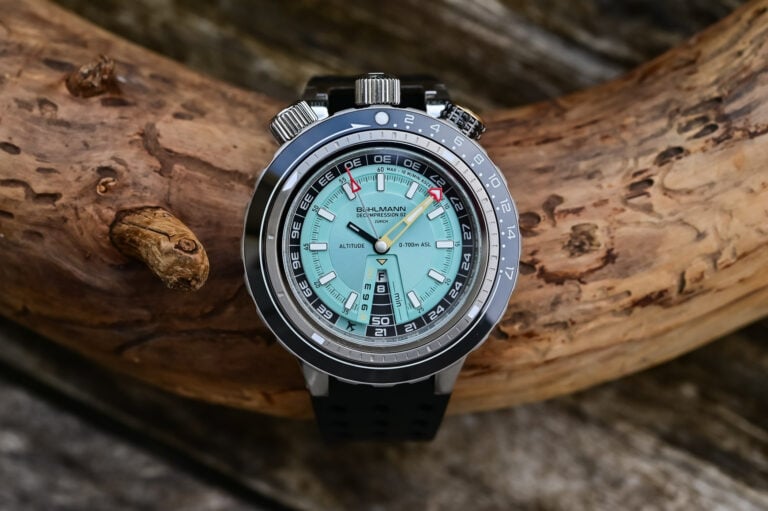
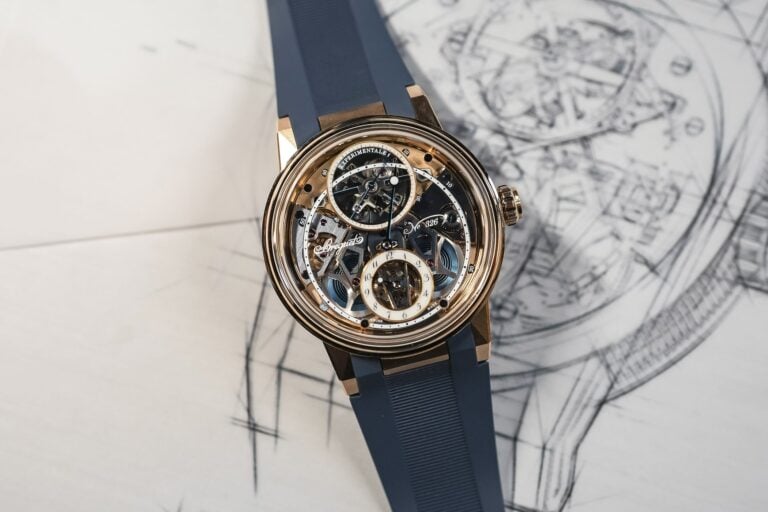
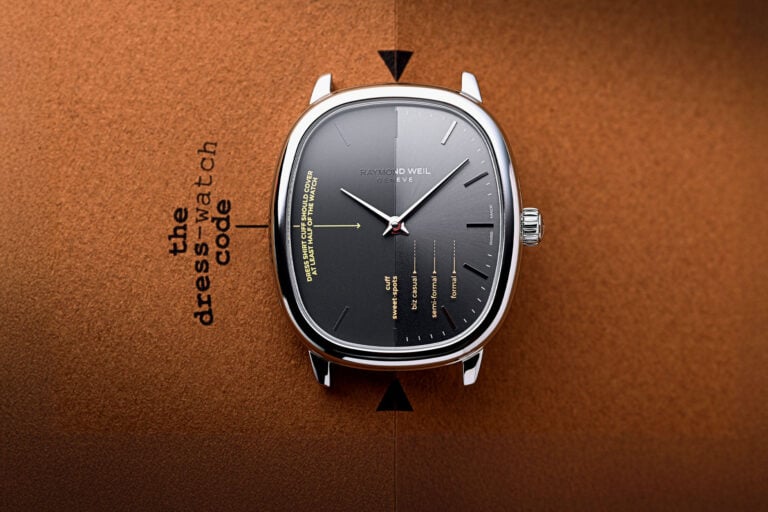
2 responses
how is 94k€ low? you can find a V12 Ferrari (e.g. a 612) with superior performance, materials and design for less than that, and you won’t look like a chav either 🙂
To be honest, my ‘low’ remark was aimed at yhe mileage of the car, not the price. Of course 94k is a lot of money! 😉
P.s; I’ve updated the paragraph to make it a bit more clear what I meant.